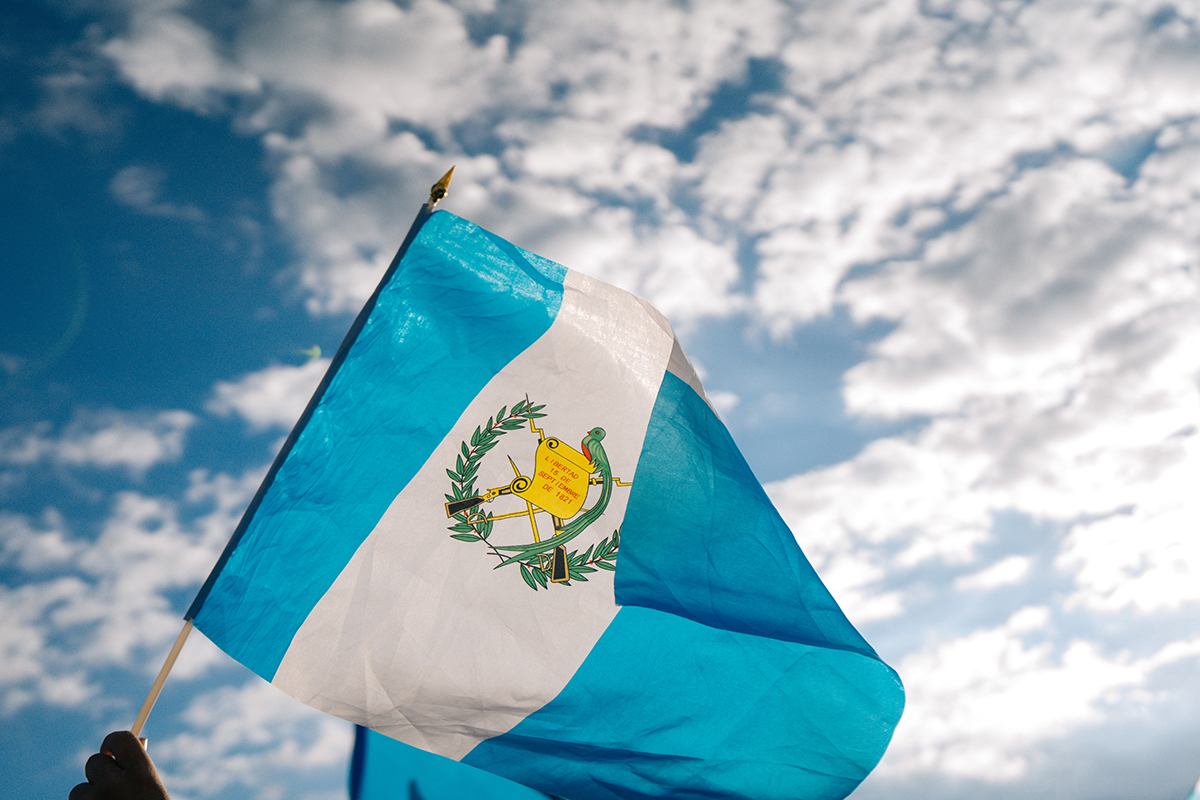Guatemala: 25 years later, ‘firm and lasting peace’ is nowhere to be found
January 10, 2022
Share

Dec. 29 marked the 25th anniversary of the signing of a peace accord that effectively brought 36 years of armed conflict in Guatemala to an end. When what’s known as the Firm and Lasting Peace Accord was signed, the Guatemalan Civil War was one of the longest, bloodiest conflicts in 20th-century Latin America.
 A quarter century later, the peace that was supposed to be “firm and lasting” is anything but. If any peace prevails in Guatemala, it is a peace resembling war.
A quarter century later, the peace that was supposed to be “firm and lasting” is anything but. If any peace prevails in Guatemala, it is a peace resembling war.
As a researcher with long-standing interests in the historical geography of Latin America, I have studied Guatemala for many years. A 2019 memoir I wrote revisits the impact of Guatemala’s military-dominated state on its Indigenous Maya Peoples.
A legacy of violence
More than 80 per cent of the civil war casualties were unarmed Indigenous Mayas. A United Nations-backed commission charged the Guatemalan military forces with genocide and held them responsible for 93 per cent of the killings. Guerrilla insurgents, fighting to overthrow the regime, were attributed three per cent of the atrocities.
American anthropologist Victoria Sanford summed up the dire situation following the war this way: if the number of victims kept rising, “more people will die in the first 25 years of peace” than during the country’s brutal civil war, which a UN inquiry documented at more than 200,000.
Sanford’s grim reckoning is manifested in Guatemalan homicide rates. In 2009, murders amounted to a staggering 45 for every 100,000 inhabitants. By comparison, Canada’s homicide rate was 1.95 per 100,000 people in 2020, and in the United States it was 7.8.
Most violent deaths in Guatemala are never investigated, let alone brought before the courts. The cause of most deaths is no longer overtly political in nature, but instead related to gang violence, drug trafficking, extortion rackets, fraudulent dealings and the settling of age-old scores.
During some of the post-accord years — in 2006 for example — there were as many as 500 murders, amounting to 17 a day.
Neoliberalism and massive inequality
Álvaro Arzú was the president of Guatemala when the peace accord was signed in 1996. Although he was one of the officials who signed it, three years later he refused to acknowledge that the atrocities committed during the conflict actually occurred — at least not to the extent alleged, and not by the Guatemalan army.
Under his neoliberal policies, not only did widespread poverty and massive inequality — the primary reasons for confrontation in the first place — remain unaddressed, but they actually increased.
In 1999, the findings of a UN survey of human development ranked Guatemala 117th globally in terms of quality of life, well behind Central American neighbour Costa Rica (ranked 45th) and trailing two others known to be desperately poor, El Salvador (107th) and Honduras (114th).
Over-exploited, not under-developed
Guatemala is not an under-developed country. On the contrary, Guatemala is a country rich in resources, natural and human. But it has been crippled by the distribution of its resources, especially land, and is rife with inequality.
Unequal land distribution lies at the heart of Guatemala’s problems. The country is still strikingly rural, with the lives of thousands of low-income families and those of a privileged few connected by the politics of land ownership.
In Guatemala, 90 per cent of farms account for 16 per cent of total farm area, while two per cent of the total number of farms occupy 65 per cent of total farmland. The best land is used to grow coffee, cotton, bananas and sugar cane for export, not to feed malnourished local populations. Until this imbalance is redressed, problems will endure.
Corrupt leadership
Five presidents who succeeded Arzú all promised economic and social improvement, especially for the 85 per cent of their 17 million citizens deemed by the UN to live in poverty — 70 per cent of them in a state of extreme poverty. None has done any better than Arzú.
Mired by charges of corruption, two former presidents (Alfonso Portillo and Álvaro Colom) were imprisoned after leaving office. Another, Otto Pérez Molina, was removed from office and jailed for accepting bribes so businesses could avoid paying import duties.
An International Commission against Impunity in Guatemala (CICIG) was established in 2006 to investigate virulent wrongdoing. The UN-backed CICIG dismantled 60 criminal bands and prosecuted 680 prominent individuals for corrupt activities. In 2019, however, its mandate was revoked and its officers banished by then-president Jimmy Morales.
‘Witch hunt’
Current president Alejandro Giammattei operates similarly to his predecessors. He dismissed anti-corruption prosecutors brave enough to hold tax evaders and money launderers to account.
Giammattei asserts that anti-corruption initiatives have become a witch hunt in which left-leaning lawyers — like judge Juan Francisco Sandoval, who served as Head of the Special Prosecutor’s Office against Impunity — vilify those on the opposite end of the political spectrum.
“Everybody has a right to their own ideology,” Giammattei said in a recent media interview. “The problem is when you transfer that ideology to your actions, and worse when you are in charge of justice.”
After being relieved of their duties, Sandoval and other prosecutors fled the country, fearing for their safety. United States President Joe Biden’s administration has expressed concern over corruption in Central America, linking it to the despair Guatemalans feel about how they are governed and prompting many to seek a better life in El Norte (North America).
In the past year alone, 280,000 Guatemalans have been apprehended by American border officials in failed attempts to enter the U.S. from Mexico, their journey north fraught with danger.
As 2021 drew to a close, given the precarious manner in which Guatemala continues to be governed, the 25th anniversary of the signing of its peace accord was no cause for celebration.![]()
___________________________________________________
W. George Lovell, Professor, Department of Geography and Planning, Queen's University.
This article is republished from The Conversation under a Creative Commons license. Read the original article.